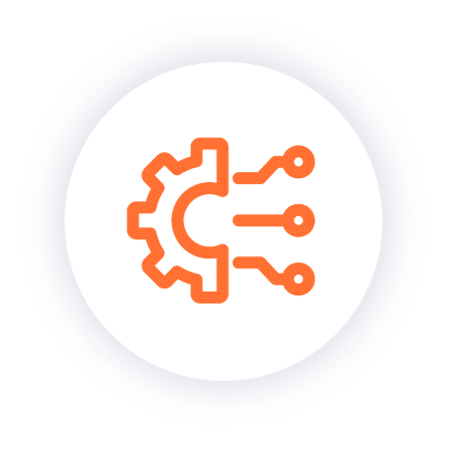Workspot is a 10-year-old company whose value proposition to mid-market and enterprise customers is to keep corporate data locked down tightly while maintaining the highest possible performance of applications for distributed teams, such as the innumerable businesses operating in hybrid work environments.
Workspot makes a native cloud application called Enterprise Desktop Cloud that delivers PC and workstation functionality to diverse desktops from the closest region of the clouds it currently supports — Microsoft Azure and Google Cloud.
Workspot was founded in 2012. The San Jose-based company boasts venture capital investment of $120 million. Read the full article on Acceleration Economy.
Highest Security, Least Privilege
The company first started selling to customers as they moved to the cloud about five years ago and then gained significant momentum through Covid as work from home (WFH) kicked in, followed by hybrid work.
“Security is the most important driving factor, which is the challenge with securing Windows PCs in a hybrid environment. With more people working remotely, security becomes a bigger and bigger issue,” says Workspot CEO and co-founder Amitabh Sinha, who started the company after working at Citrix, a pioneer in the virtual desktop or VDI space.
Cloud PC or Workstation configurations are protected by multiple layers of security:
- The security that’s native to the cloud provider their company selects.
- Multi-factor authentication enabled on the client device.
- Zero Trust Security: Workspot Cloud PCs and workstation do not store data at any edge device or appliance so they’re not susceptible to theft, loss, malware, or user error.
- Adherence to the principle of least privilege (closely tied to the Zero Trust Security Policy) ensures people and processes have bare minimum system access to complete a task.
One Workspot customer, Rohm, noted the importance of security as it deployed Workspot workstations for the development of digital twins in a manufacturing setting. “We had to tightly control the data that went in and, most important, out of our development environment,” says Rohm Head of Administrative Management Carsten Schmies.
Proximity Drives Performance
Rohm is an instructive example of how customers leverage Workspot to optimize performance. The company needed internal and partner engineering teams — distributed across Europe and North America — to access a 3D modeling application, and engineers needed the highest possible performance, meaning applications and data would be located in their nearest cloud region.

“3D modeling is very demanding from a performance perspective. This is where Workspot was really, really helpful. If we did not have this solution, it would be difficult for engineers to work productively,” says Helio Takahashi, project director for Rohm.
Workspot cloud workstations leverage cloud GPU instances so they effectively support applications such as AutoCAD, Solidworks, Adobe Premiere, and more. The Workspot architecture “simplifies the ability to scale up teams and it gives really quick access to data,” says Sinha, noting that use cases supporting distributed engineering teams are common.
In fact, Sinha noted that today, most customers have a specific use case or application for which they deploy Workspot, as opposed to making it available to all employees. Nonetheless, the average customer expands their usage of Workspot by four times over a period of three years. The company has a favorable Net Promoter Score (NPS) of 76.
Simplified PC Configuration, Multi-Cloud Support
Some customers may view it as a secondary benefit, but it’s also a key feature of its technology that Cloud PCs can simplify (or eliminate) the delivery and provisioning of end-user devices, even supporting BYOD configurations whereby users securely log into the cloud to access their PC or workstation.
Customers also find Workspot appealing due to its support for multiple clouds. While some customers currently operate in both Azure and Google Cloud, Sinha said others prefer the flexibility of its support for two options — and potentially more in the future. “Even if they’re not multi-cloud, they prefer not to lock into one cloud,” he says.
The Future and Closing Thoughts
When I first heard about Workspot, I flashed back to the ’90s and the network computer. Most observers would agree that that was an idea before its time. Today, Workspot has carved out a compelling niche, addressing the need for simplicity and flexibility as companies grapple with ever-more distributed workforces. Kind of like a network computer for the cloud age, with the added benefit of the cloud’s ubiquity today.
The support for multiple clouds, hybrid work arrangements, and other business drivers that are prevalent today position the company well for growth and increased visibility as it solves near-term, practical business problems.



